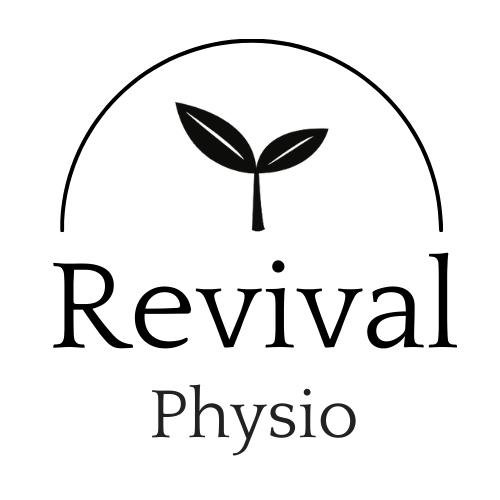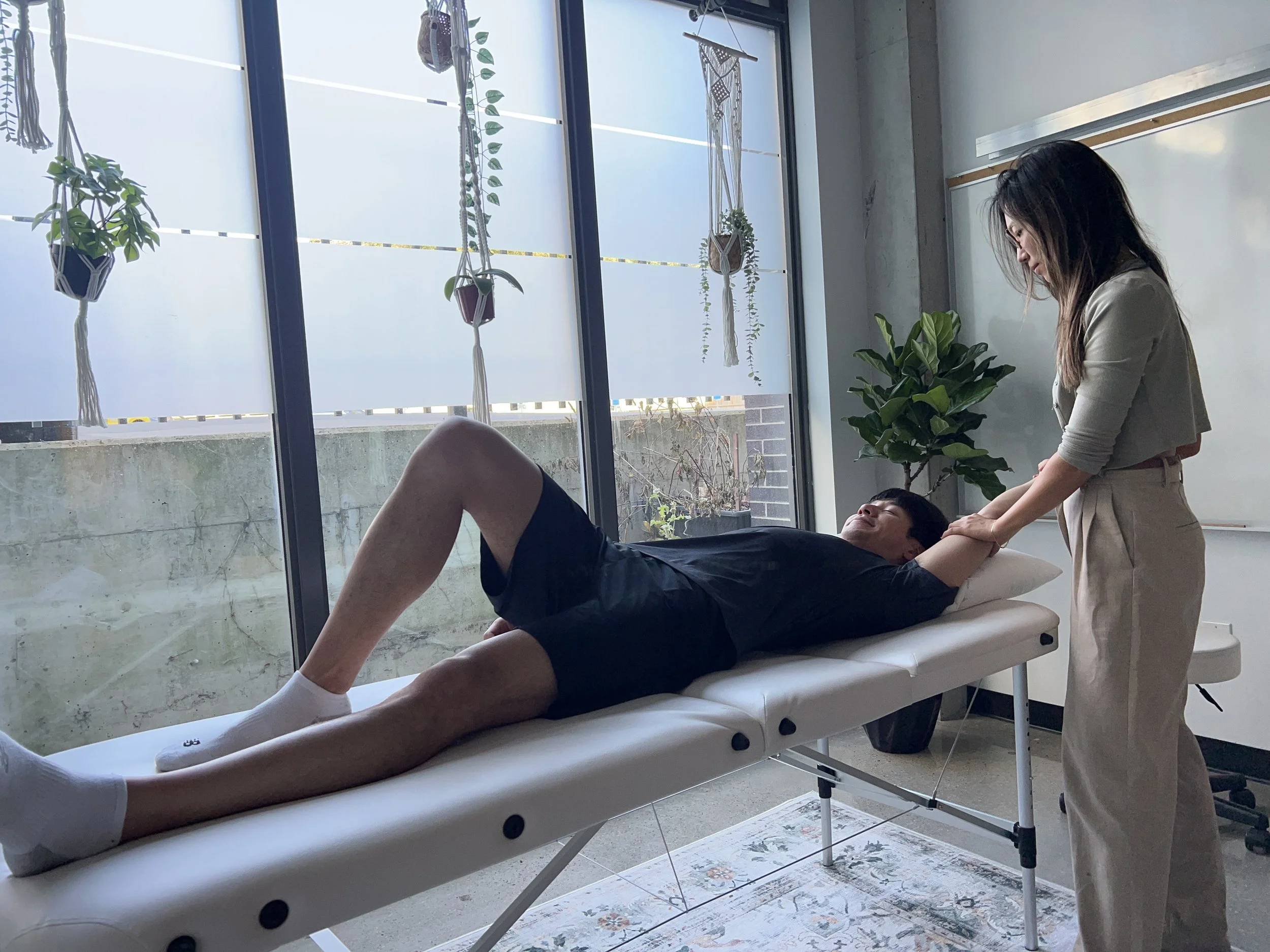Shoulder Pain: How Physiotherapy Can Help
Causes of Shoulder Pain:
Rotator Cuff Injuries: Injuries or tears to the rotator cuff, a group of muscles and tendons that stabilize the shoulder joint, can result in pain and limited range of motion.
Tendinitis: Inflammation of the tendons around the shoulder joint, known as tendinitis, can cause pain. The biceps and rotator cuff tendons are commonly affected.
Bursitis: Inflammation of the bursa, small fluid-filled sacs that cushion and reduce friction between bones and soft tissues, can lead to shoulder pain.
Frozen Shoulder (Adhesive Capsulitis): A condition characterized by the gradual loss of shoulder movement and increased pain. The capsule surrounding the shoulder joint becomes thickened and tight.
Shoulder Impingement Syndrome: This occurs when the rotator cuff tendons get pinched between the bones of the shoulder, causing pain and inflammation.
Shoulder Dislocation: Dislocation happens when the upper arm bone (humerus) pops out of the shoulder socket. This can cause acute pain and instability.
Osteoarthritis: Degeneration of the shoulder joint due to wear and tear can lead to osteoarthritis, causing pain and stiffness.
Rheumatoid Arthritis: An autoimmune condition that can affect the joints, including the shoulder, causing inflammation and pain.
Nerve Compression or Irritation: Conditions such as thoracic outlet syndrome or nerve impingement can lead to shoulder pain due to compression or irritation of nerves in the shoulder region.
Referred Pain: Pain from other areas, such as the neck or upper back, may be referred to the shoulder, making it challenging to identify the primary source.
Overuse and Repetitive Strain: Activities that involve repetitive arm movements or overhead lifting can lead to overuse injuries, resulting in shoulder pain.
Poor Posture: Maintaining poor posture, especially when sitting for extended periods, can contribute to shoulder pain.
Bicep Tendonitis: Inflammation of the biceps tendon, which attaches the biceps muscle to the shoulder, can cause pain and discomfort.
Acromioclavicular (AC) Joint Injury: Injuries to the AC joint, where the collarbone meets the highest point of the shoulder blade, can cause pain, especially after a fall or trauma.
Ways Physiotherapy Can Help:
Pain Management: Physiotherapists employ various techniques, including modalities like heat or cold therapy, to manage pain and reduce inflammation in the shoulder.
Range of Motion Exercises: Gentle and targeted exercises are prescribed to improve the range of motion in the shoulder joint. These exercises aim to restore flexibility and reduce stiffness.
Strengthening Exercises: Specific exercises are designed to strengthen the muscles around the shoulder joint, including the rotator cuff muscles. Strengthening these muscles can provide better support and stability to the shoulder.
Stretching Exercises: Physiotherapists prescribe stretching exercises to improve the flexibility of the shoulder muscles and reduce tension. This can contribute to increased joint mobility and improved function.
Manual Therapy: Hands-on techniques, such as massage, joint mobilization, and soft tissue manipulation, may be used to alleviate muscle tension, improve joint mobility, and reduce pain.
Posture Correction: Physiotherapists assess and correct poor posture, which can contribute to shoulder pain. They provide guidance on maintaining proper posture during daily activities.
Joint Mobilization: Gentle mobilization techniques are applied to the shoulder joint to improve its mobility and reduce stiffness. This can be particularly beneficial for conditions like frozen shoulder.
Taping and Bracing: Taping techniques or supportive braces may be used to provide additional support to the shoulder joint and facilitate proper alignment during movement.
Functional and Activity-Specific Training: Physiotherapists work with individuals to develop customized exercise programs that mimic the activities they need to perform in their daily lives or sports. This helps in improving functional strength and preventing future injuries.
Education: Physiotherapists educate individuals about their shoulder condition, contributing factors, and strategies for self-management. This includes advice on ergonomic changes, proper lifting techniques, and lifestyle modifications.
Home Exercise Programs: Physiotherapists provide individuals with home exercise programs to ensure continuity of care and encourage active participation in the rehabilitation process.


